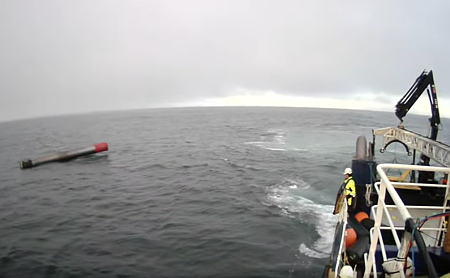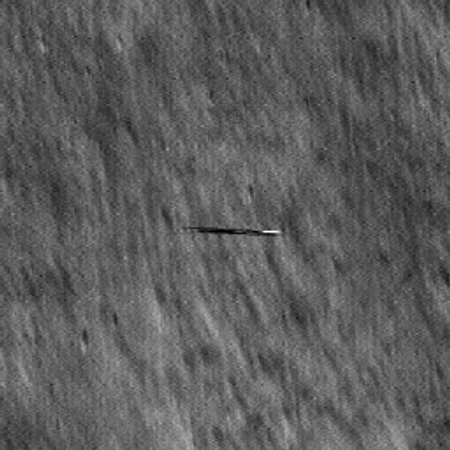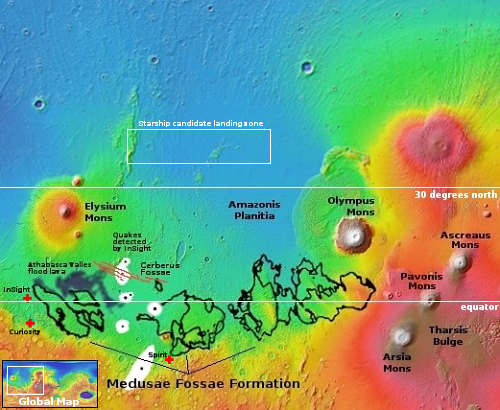TESS in safe mode
NASA today revealed that on April 8, 2024 its TESS space telescope went into safe mode, for reasons that are not yet understood.
NASA’s TESS (Transiting Exoplanet Survey Satellite) entered into safe mode April 8, temporarily interrupting science observations. The team is investigating the root cause of the safe mode, which occurred during scheduled engineering activities. The satellite itself remains in good health.
The spacecraft itself remains healthy and they expect to resume science operations “in the coming days.”
That safe mode occurred while “scheduled engineering activities” were ongoing suggests that the two are linked. The lack of any details from NASA further suggests that someone did a “oops!” during those activities, and they are now scrambling to fix things.
NASA today revealed that on April 8, 2024 its TESS space telescope went into safe mode, for reasons that are not yet understood.
NASA’s TESS (Transiting Exoplanet Survey Satellite) entered into safe mode April 8, temporarily interrupting science observations. The team is investigating the root cause of the safe mode, which occurred during scheduled engineering activities. The satellite itself remains in good health.
The spacecraft itself remains healthy and they expect to resume science operations “in the coming days.”
That safe mode occurred while “scheduled engineering activities” were ongoing suggests that the two are linked. The lack of any details from NASA further suggests that someone did a “oops!” during those activities, and they are now scrambling to fix things.










